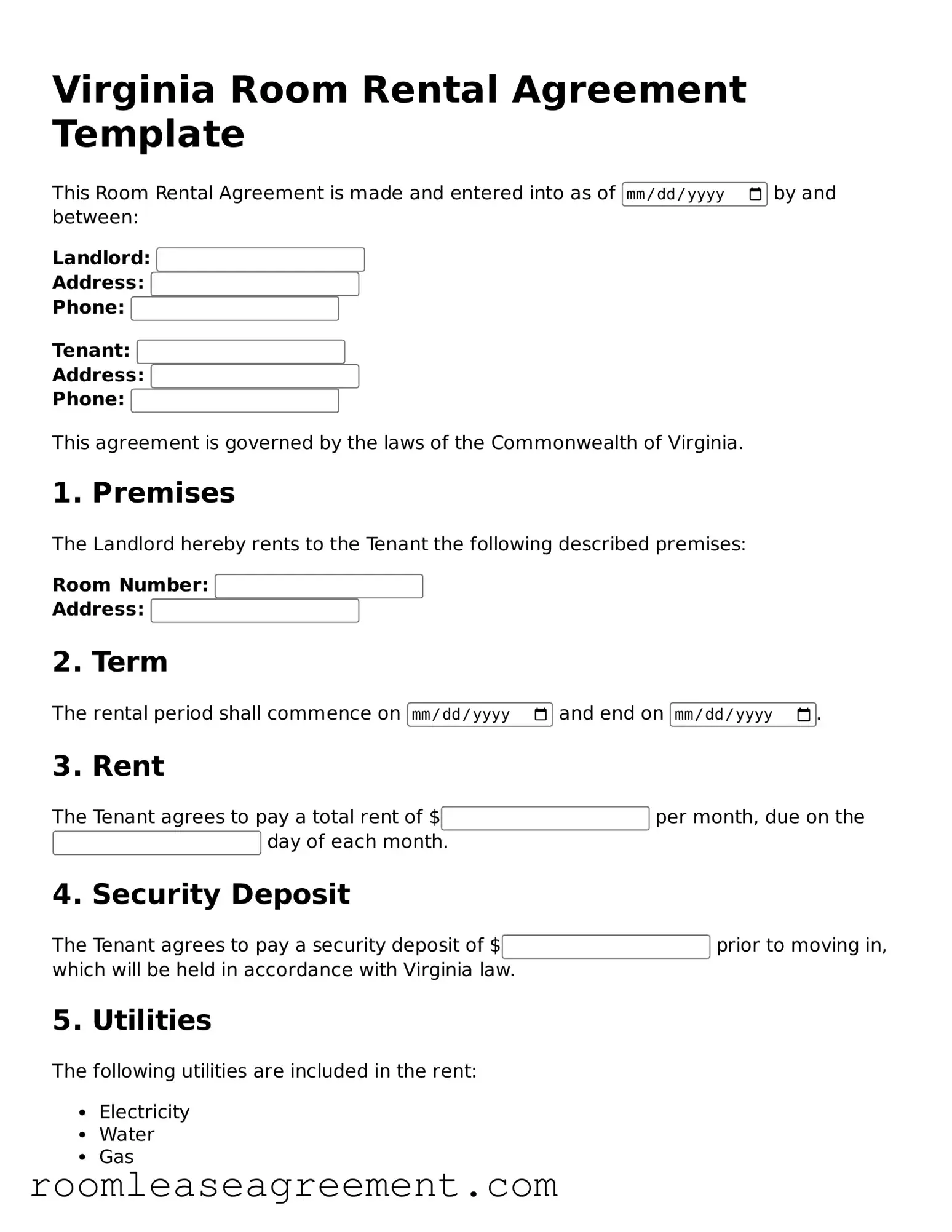Popular Room Rental Agreement State Templates
Washington State Lease - A framework for evaluating tenant applications and background checks.
Basic Room Rental Agreement - Addresses how disputes may be settled through mediation or arbitration.
The process of completing a Business Credit Application form can be streamlined by utilizing resources such as TopTemplates.info, which offers valuable templates and guidelines to ensure businesses provide accurate and comprehensive information to support their creditworthiness assessment.
Room Rental Contract Template Free - Sets forth rules for smoking on the premises.
Room Rental Agreement Maryland - Clarifies any maintenance staff access schedules and protocols.
